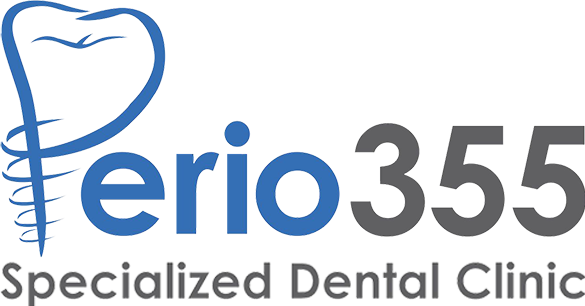Periodontal disease is a chronic inflammatory disease caused by bacteria, which destroys the supporting tissues of the tooth, that is the bone and the gingiva, resulting in the loss of dentition. The American Academy of Periodontology estimates that 3 out of 4 Americans suffer from some type of Periodontal Disease, which may be a simple gingivitis to a more advanced form of Periodontitis.
The patient may perceive the existence of a problem in his gingiva by some specific elements, such as the change in their color, swelling, pain, mobility of the teeth, etc., with bleeding being the main feature. Bleeding can occur automatically, either when brushing or chewing hard food. All these require the timely manner correct diagnosis by the Dentist or by a specialist Periodontist.
The cluster of teeth with their surrounding supporting tissues, is specially made to adapt to the normal forces exerted on the teeth during the various normal functions of the mouth. When acute or chronic abnormal forces are exerted on the mouth, then it reacts adaptively to them with an increasing mobility of the teeth on which these forces are exerted.
In advanced forms of Periodontal Disease, a significant part of the tooth support has already been lost. Some teeth cannot respond to any form of treatment, causing several problems (such as pain and abscesses) and need to be extracted.
All these result in the patient noticing an increased mobility in his teeth and some teeth starting to change positions.
This is due to the fact that the supporting tissues of the teeth can no longer compensate not only for the abnormal, but also for the normal forces exerted on functions such as that of chewing. So the teeth due to uncontrolled forces are forced to migrate either to the front surfaces of the mouth or to neighboring areas, where there is a lack of teeth.



